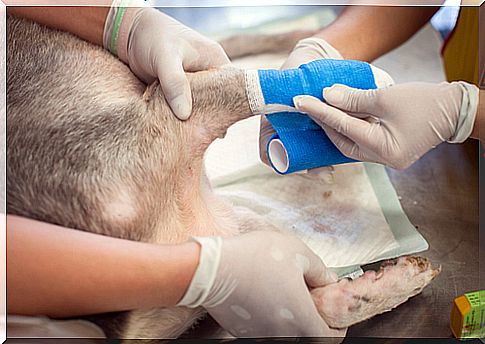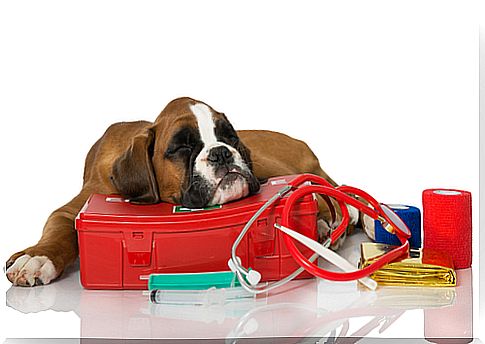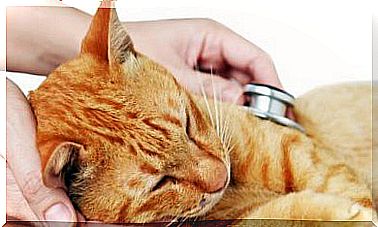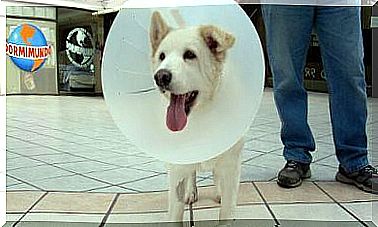Blood Transfusion On Pets

As with humans, it can happen that your pet gets involved in an accident or gets sick and needs a blood transfusion. For this reason , veterinarians are trying to make owners aware of the importance of donation.
It must be said that this type of transfusion is not easy to manage, as dogs have many more blood types than humans. This is one of the reasons there are so few dog blood banks.
Let’s find out more about blood transfusions on pets.
Donations

In principle, the rules for donating blood among animals are the same as in humans. The same species can have different blood types and it is essential that the transfused blood belongs to the same type.
Veterinarians emphasize the importance of donations, because in case of urgent need the blood bank needs immediate access to the right blood type for our animal.
To find out what blood type your pet belongs to, you can do a typing test. You cannot transfuse any type of blood into an animal, this could be fatal.
All animals that are in good health and that have not suffered serious diseases can become blood donors, but there is a minimum weight to be respected. Dogs must weigh more than 25 kg and cats at least 4 kg.
The blood extraction is very simple and painless. However, if the animal does not stand still, it will be necessary to sedate it, since a needle will be introduced into the carotid artery to take the recommended amount of blood. The animal will not have any problems, since it will immediately begin to reform the amount of blood extracted. The process takes no more than 30 minutes.
Types of blood
The cats may belong to three blood groups, A, B and AB. Dogs, on the other hand, can belong to as many as 11 blood groups, which can be positive or negative. (Just as it happens to us humans).
It is very important to type the blood of cats, since their blood contains antibodies from birth: if we transfuse them with a different blood from the group to which it belongs, they can develop a reaction that leads to their death.
Even for dogs it is preferable that the blood is of the same type; but unlike cats, you could also risk having a transfusion even if the blood is not of the same type, as they do not have such antibodies.
Frequency of donations

If your four-legged friend has donated his blood, don’t worry: his body regenerates it. Vets say blood can be returned after 2 months. Donated blood can remain in the blood bank for up to 4 weeks, which is why it is important that the donation is periodic.
Once the donation is finished, the laboratory technicians carry out analyzes to see which group it belongs to and to avoid the transmission of diseases. After being typed, the blood is stored in a refrigerator until the request for a transfusion arrives.
The transfusion process
If an animal comes to the vet that has lost a lot of blood due to bleeding, chronic anemia or something else, the vet will consider whether the dog or cat needs a transfusion.
You will need to know which blood group the animal belongs to, as you have to look for the same type, whether it is in a blood bank or from another animal. Once the blood is procured, it will be transfused directly from the same bag.
The vet will evaluate the amount needed and how quickly the blood needs to be introduced. The animal will be kept under constant observation, in particular we will look for symptoms that can be connected to a reaction to the blood.









